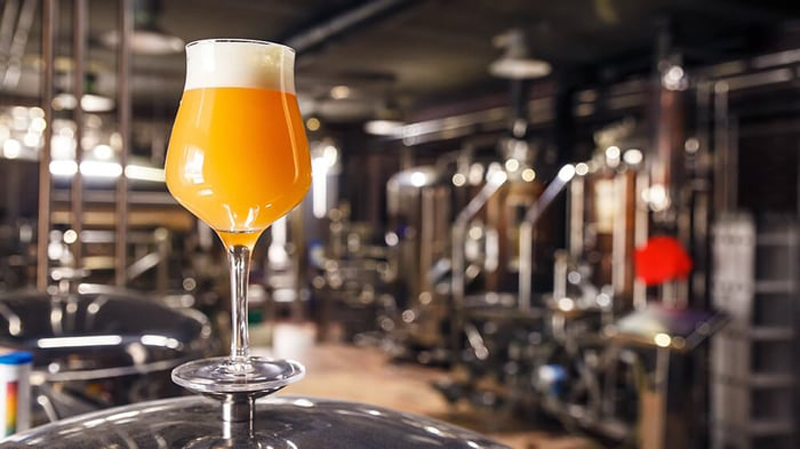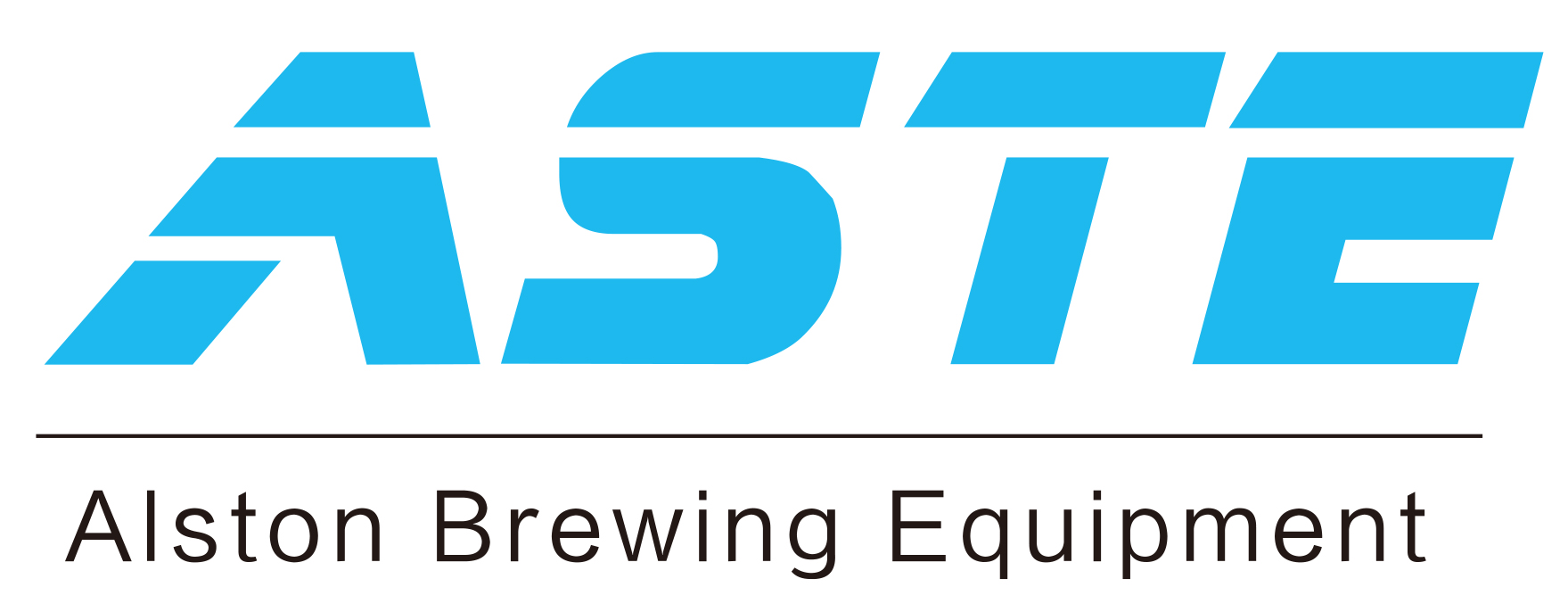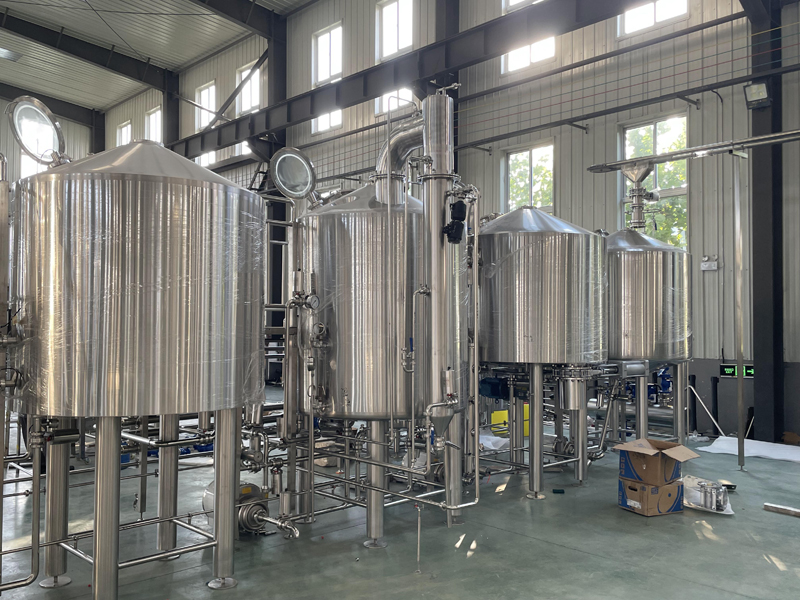Some Problem Happens in Beer Brewing Process
Every process has its challenges, but with the right knowledge and preparation, it is easy to overcome obstacles efficiently and accurately. From ingredients to equipment and fermentation, numerous factors will influence the outcome of your brew, and you must pay close attention to every step and detail.
Knowing how to troubleshoot the beer brewing process will benefit you in multiple ways, from minimizing errors to saving valuable resources like time and money. Take the time to understand the full brewing process; that way, you can quickly identify which stage of the brewing process requires attention.

Ensure you start right by thoroughly sanitizing all your brewing equipment, including fermenters, airlocks, and brewing utensils. Use a brewing-specific sanitizer; cleanliness is key to preventing unwanted microbes from damaging your beer’s quality.
Stainless steel brewing tanks are the best solution to minimizing unwanted elements in your brew because they maintain a clean and safe environment. Getting your equipment from reputable manufacturers with proven experience and high-quality products will greatly benefit your business and products.
Invest in a reliable thermometer and monitor temperatures closely at each stage, including mashing, boiling, and fermentation.
Proper temperatures to avoid problems and low-quality beer should range between 45 to 72 degrees Fahrenheit with slight adjustments depending on the stage of the process. This is an essential step because fermentation takes weeks, and the wrong temperature will set your progress back to nearly the beginning.
Several factors can contribute to poor mash efficiency, like incorrect water-to-grain ratios, improper mashing temperatures, or using old or improperly crushed grains. Mash that is too dry will create a thin powder that will perform poorly, and excessively moist mash will form cereal clumps.
Ensure you have accurate measurements, maintain the recommended temperature depending on the type of beer, and use fresh, properly crushed grains for improved efficiency and a robust beer profile.
Make sure you add the appropriate amount of healthy yeast into your wort. Oxygen exposure during transfer or inadequate aeration can also damage fermentation and the yeast. Ensure proper oxygenation and nutrients to promote a healthy and active fermentation process.
In every step of the process, the right equipment is key to achieving optimal performance and high-quality products. fermentation tanks have specialized valves that allow you to perform actions like pouring the yeast into the wort or transferring beer to lagering tanks by minimizing oxygenation and exposure to foreign elements.
The flavor and aroma of your beer come from various ingredients like cereals and hops but also from the time spent inside fermentation tanks. Following a recipe with attention to detail, proper ingredient management, and timely processes will deliver accurate and consistent products. Understanding beer brewing will allow you to balance and achieve proper flavors by simply adjusting hop, cereal, and yeast quantities and qualities.
Knowing how to troubleshoot the beer brewing process will help you identify the specific off-flavor or aroma and cross-reference it with common brewing issues. This will help you narrow down the possible causes and take appropriate corrective measures, whether adjusting fermentation conditions, revisiting your sanitation practices, or exploring different yeast strains.
Over-carbonation will create excessive foam and bubbles in the beer, and it comes from adding excessive ground sugar and keeping the process in warm storage. Under-carbonation, on the other hand, happens due to insufficient sugar or incomplete fermentation.
Brewing beer is both a science and an art; it requires attention to detail and a willingness to adjust the process when things don’t go as planned. By addressing common brewing issues proactively, you can enhance your brewing skills and create exceptional beers with consistency and quality.
Persistence and continuous learning are fundamental to becoming a proficient brewer and expanding your business in the future. You must embrace the challenges, learn from your mistakes, and enjoy the rewarding experience of crafting delicious brews.
 Jinan Alston Equipment Co.,Ltd.
Jinan Alston Equipment Co.,Ltd.
